14. Peter Winters in Clean, Shaven (1993)
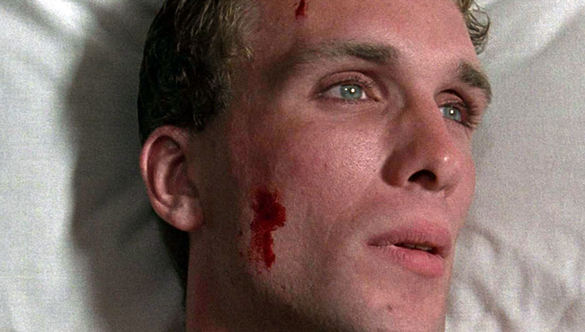
Peter Winters is trying. He is desperately trying to make a go of things, to live a normal life, but what is normal for a schizophrenic child murderer? This film successfully captures what madness must be like; the soundtrack rattles and buzzes with the sounds from inside it’s protagonist’s head.
The world is an angry, frightening place to live when your perception of it is radically disturbed; we see what Winters is seeing: things are out of focus or they shift and disappear, sounds are generally just constant noise. Winters returns to his hometown after years away and he stops in to see his shrew-like mother; there is a detective following him, he is suspected of murdering his daughter that was taken away years ago; the layers of suspicion and guilt are layered on him like a bad paint job.
Winters seems deranged and others stay clear of him; at one point in the film he digs into his scalp, searching for a hidden transmitter. How else to explain the noises from inside his head? Ultimately there are no answers from the director or from anyone else in the film. Better to just cover the car windows with newspapers and avoid all reflective surfaces. Clean, Shaven is a masterful portrayal of madness.
13. Baby Jane Hudson in Whatever Happened to Baby Jane? (1962)
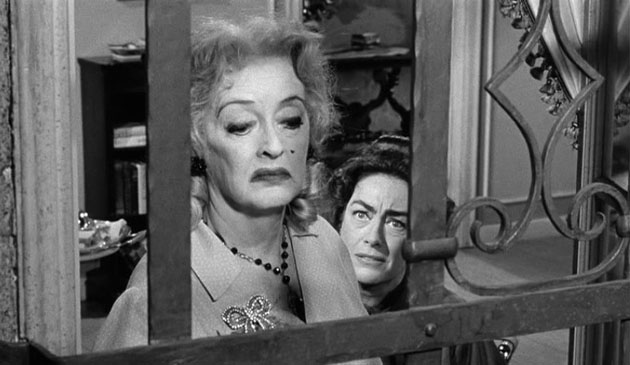
Ranked amongst the all-time greatest villains of all time, Baby Jane Hudson is portrayed by aging film star Bette Davis and directed by Robert Aldrich. In 1917, Baby Jane is a child star on the vaudeville circuit; her sister Blanche (Joan Crawford) is not a star and their father neglects her, making a fuss over Baby Jane instead.
In 1935 their roles have reversed as Baby Jane is no longer in the spotlight and now Blanche has her turn at being a celebrity. After a freak accident, which implies that Baby Jane was at the wheel, Blanche is now permanently disabled and she spends the rest of her life committed to a wheelchair with her sister as her sole companion; the two women are embroiled in a macabre tug of war to see who will be in control.
Baby Jane, now much older, resents her sister’s wealth and her helplessness; when Blanche informs Jane that she plans to sell the mansion, Jane’s slender grasp on reality crumbles and then the horror really begins. Since Blanche is incapacitated in her wheelchair, the only outsider that she sees is the family doctor and the housekeeper Elvira (Maidie Norman); before Elvira can help Blanche, she is rudely dispatched from the house.
Meanwhile a man Edward Flagg (Victor Buono) sees an ad in the classifieds looking for a piano player; this is in reality part of a scheme by Jane to restart her failed career. Elvira returns to the house to help Blanche and in return she is beaten to death with a hammer by Jane. Flagg comes to the house and upon hearing a disturbance in Blanche’s bedroom, he bursts in only to find Blanche beaten and starving.
Fleeing the mansion, Jane realizes that the man will inform the police; she packs up and leaves the mansion only to go to the beach. The police go to the mansion to check on the two shut in’s after being called by a relative of Elvira. Finding the two women on the beach, Jane confesses to hitting her sister with the car and the murder of the housekeeper. Jane does a dance on the beach, thinking that she is finally reclaiming the spotlight again.
The bitterness between the two stars was completely authentic and their behavior both on and off the screen is legendary; Bette Davis was nominated for an Oscar for Best Actress in 1962, but lost to Anne Bancroft in The Miracle Worker.
12. Dr. Richard Vollin in The Raven (1935)
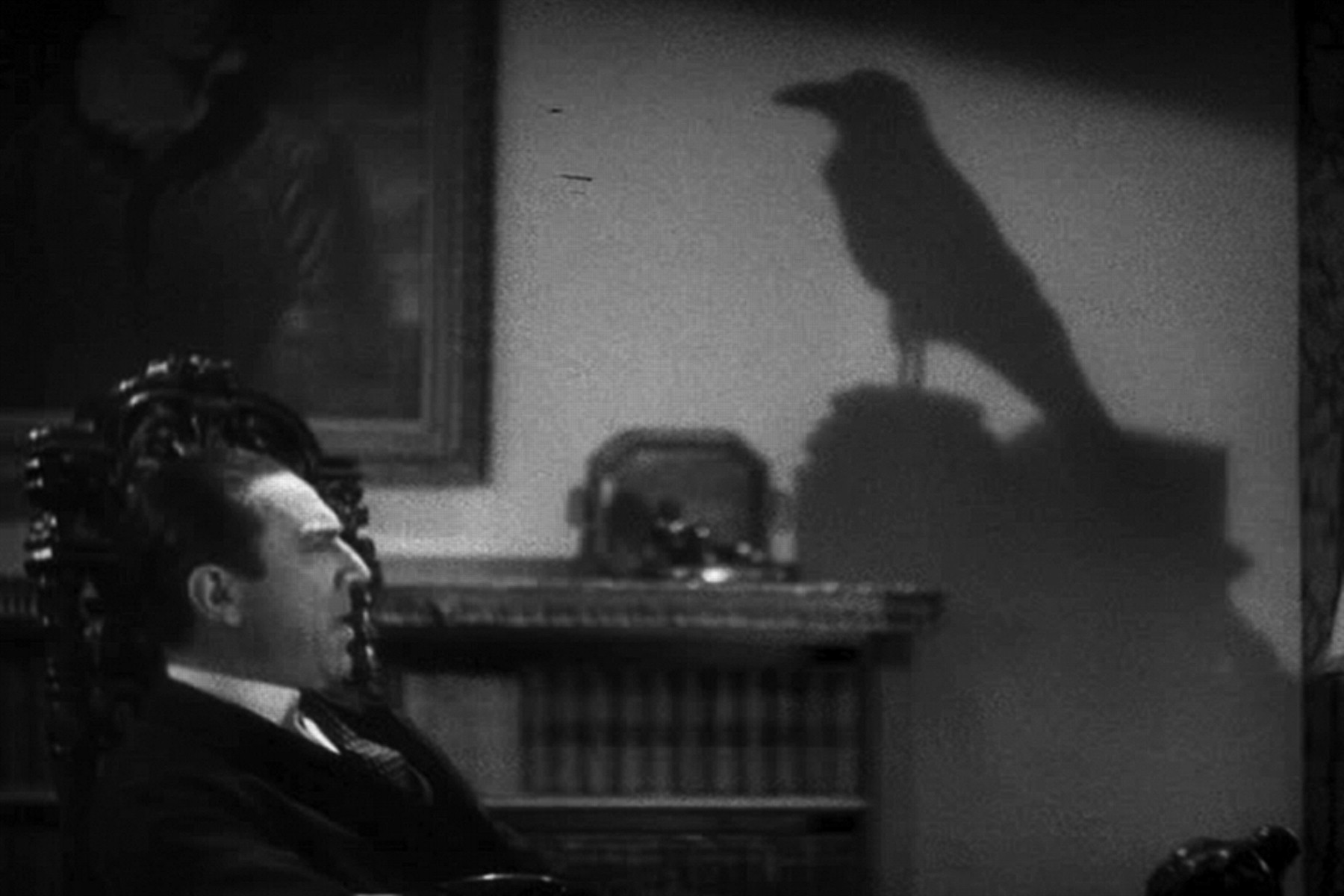
Dr. Richard Vollin(Bela Lugosi) is a brilliant and famous surgeon, but he has retired his practice in order to turn his attentions to his studies of all things Edgar Allen Poe, and I don’t mean causally collecting first editions either; Vollin has a fully furnished torture chamber in the basement of his house, all inspired by the works of Poe.
There is no doubt in viewer’s mind that Vollin is a madman; the question is why doesn’t the friends and family of his favorite unrequited love interest, Jean Thatcher (Irene Ware), catch on as well?
Vollin saves Jean’s life and in return she does a Poe inspired interpretative dance for him, but that is only gas on the low burning fire in the madman’s mind. An escaped criminal Edward Bateman (Boris Karloff) is blackmailed to help assist in Vollin’s deranged plans and Vollin makes his appearance even more ghastly than previously.
Lugosi’s performance as Vollin is turned up to ten, he is completely gleeful when strapping Thatcher’s boyfriend to a large pendulum and his acting borders on absurdity. At one point Vollin proclaims “I tear torture out of myself by torturing you!” Ultimately Dr. Vollin is done in by the criminal Bateman, he of the hideous face, getting his revenge on the crazed doctor.
11. Max Cady in Cape Fear (1962 & 1991)
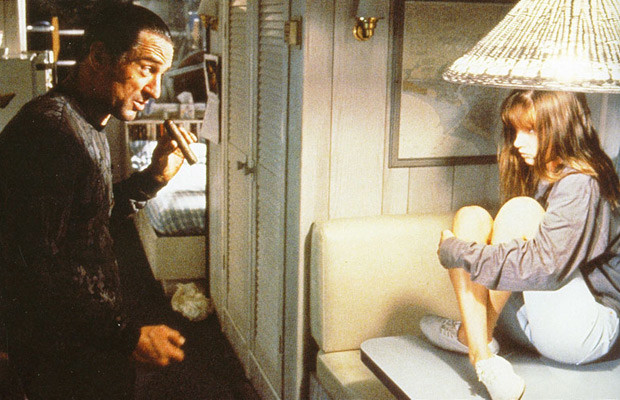
No matter which version that you choose, be it Mitchum or DeNiro, you will not find an irreprehensible individual than ex-con Max Cady. Mitchum’s version is in keeping with the standards of the 1962 censors, hinting that the man is much more than a mere rapist; his leering attentions to Sam Bowden’s (Gregory Peck) 14 year old daughter Nancy (Lori Martin) is definitely bordering on pedophile like behavior.
In Martin Scorsese’s version the interplay between Danielle (Juliette Lewis) and Cady is much more sexual, with DeNiro’s attentions being absolutely blatant. The character of Cady is a complex one; on one hand he is a man seeking revenge against a lousy attorney that he believes is responsible for him being imprisoned, but he also is a man with a bent moral center.
DeNiro’s Cady is a well-muscled hulking menace, covered with apocalyptic tattoos. Mitchum’s Cady is a southern dandy; suave and self-assured; he does everything, but actually break the law, circling the Bowden’s like the predator that he is. DeNiro’s Cady is a ramped up version of the 1961 model; whereas Mitchum was dangerous and persistent, DeNiro’s is an avenging angel; nothing will stop him but death.
10. Colonel Kurtz in Apocalypse Now (1979)
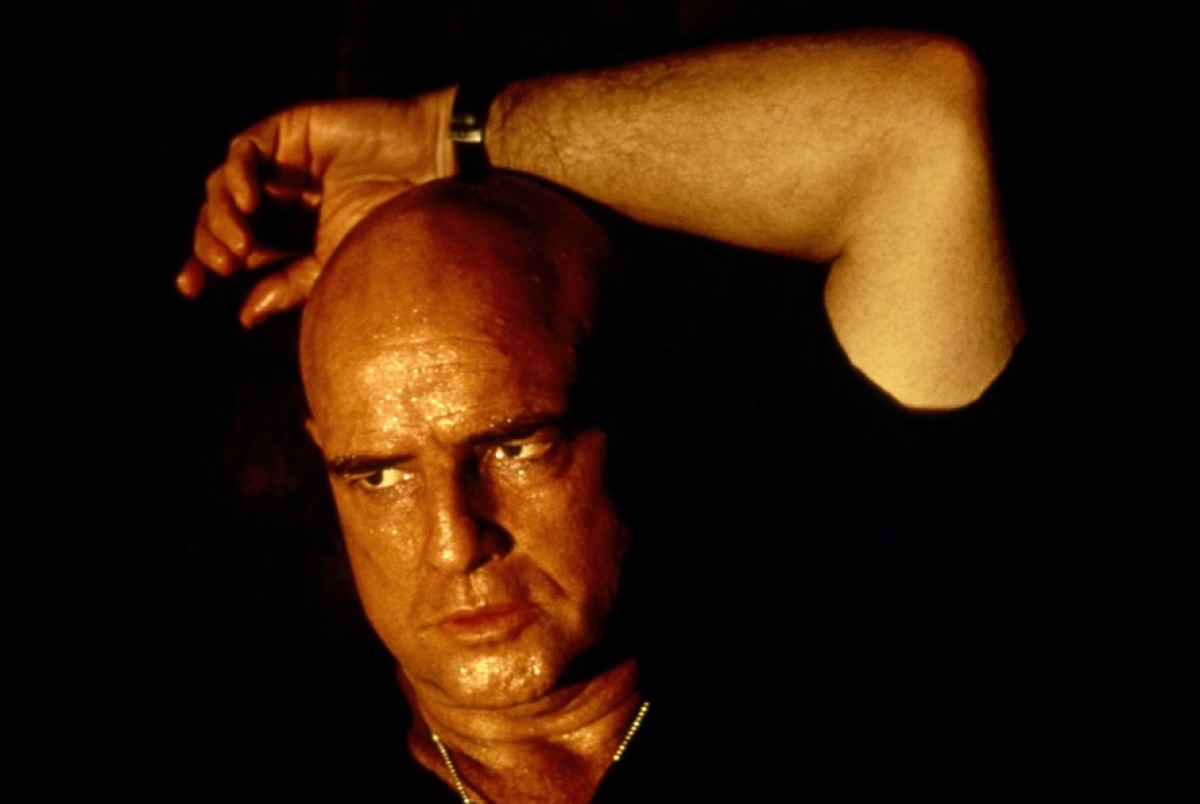
“It’s impossible for words to describe what is necessary to those who do not know what horror means. Horror. Horror has a face, and you must make a friend of horror. Horror and moral terror are your friends. If they are not, then they are enemies to be feared. They are truly enemies.”
Colonel Kurtz says these words, amongst the backdrop of the Vietnam War, and he knows of what he speaks. Capt. Benjamin Willard (Martin Sheen), a rock bottom hard case is given an assignment, an assignment that technically never existed, to go up river and find Colonel Kurtz (Marlon Brando) and to assignate him, “to terminate with extreme prejudice.”
End of story, you see, Kurtz was the one that had got away, he was the golden boy that had turned the corner; he was holed up in Cambodia with a bunch of natives and a private army, and that just wasn’t acceptable. That wasn’t the army way. Kurtz had turned, he had gotten soft and fat and rancid. This film was about excess in every facet of its being; Coppola’s tale of madness is as real as it gets, the jungle, the war, the bloated being of Brando. “The horror, the horror.”
9. Carol Ledoux in Repulsion (1965)
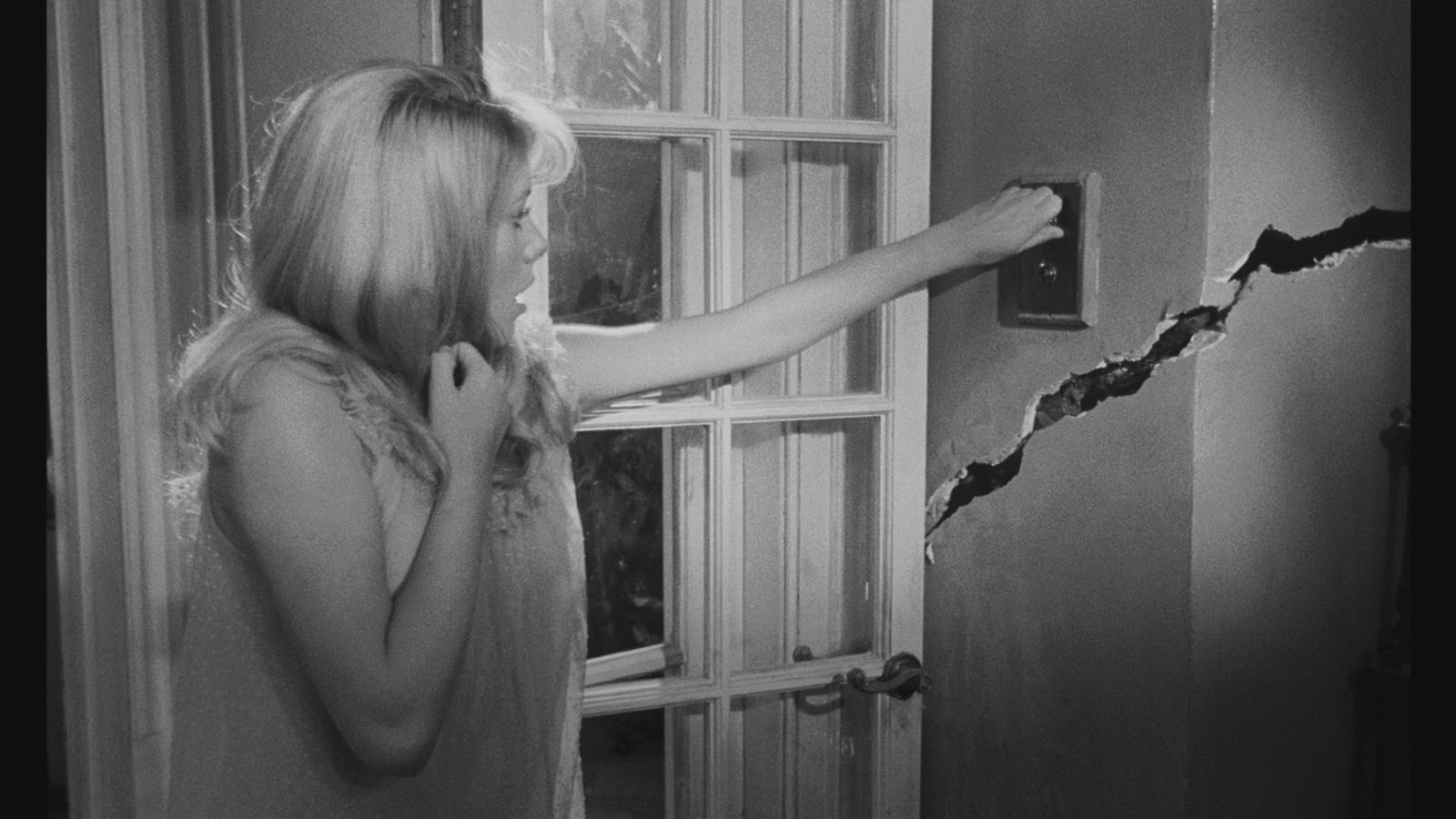
Roman Polanski shocked cinema goers in 1965 with his tale of a sex-repressed woman that is left alone in her apartment for the weekend and suffers a mental relapse.
Catherine Deneuve plays Carol Ledoux, a woman that shares a flat with her sister, Helen (Yvonne Furneaux); she is shy, painfully restrained in her social interactions, and is most confounded by her interactions with men in general.
Helen goes away with her married boyfriend for a weekend in Italy, and left to her own devices, Carol begins to mentally deteriorate. She begins to hallucinate wildly, imagines the walls are cracking apart, and believes that a man is trying to break into the apartment to attack her; a raw rabbit that was to be skinned for dinner is left out to rot.
When a potential suitor stops by for a visit, he is murdered with a candlestick holder, bludgeoned to death. Polanski manages to capture Carol’s descent into madness with perfect control; we as viewers are trapped in the same claustrophobic space as Carol is, and we see what she sees as well. Repulsion is quite simply one of the finest psychological thriller/horror films of the century.
8. Henry (Michael Rooker) in Henry: Portrait of a Serial Killer (1986)
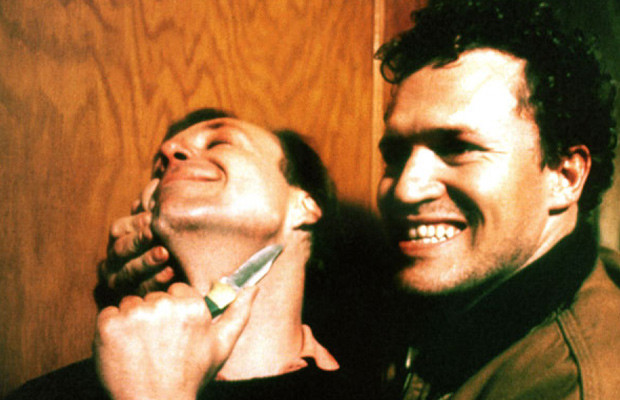
Loosely based on real life serial killer Henry Lee Lucas, Henry is a chilling portrayal of a cold blooded murderer. Henry (Michael Rooker) is a low level type of individual; he appears to be a type of drifter without any real ambitions; he doesn’t seem to have a job, and his life consists of simply killing other people for no reason whatsoever.
Partnering with friend Ottis (Tom Towles), the two form a sort of killing partnership. Henry has no impetus for killing people, it is merely a way of passing time; sort of a bizarre hobby. Throughout the film Henry shows no remorse or regrets for taking the lives of others; his killings are not motivated by revenge or monetary gain, even though there may possibly be sexually motivated causes.
Henry was directed by John McNaughton on a low budget and the MPAA denied it an R rating, so it was released as unrated. Henry is an unremitting psychopath and he ultimately ends up killing the only person that he may have possibly loved him, Ottis’ niece Becky (Tracy Arnold).